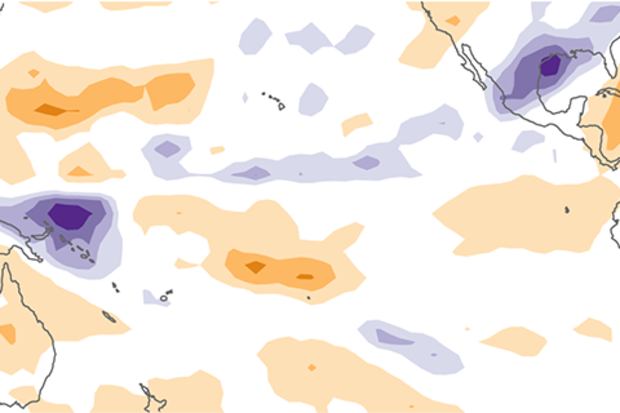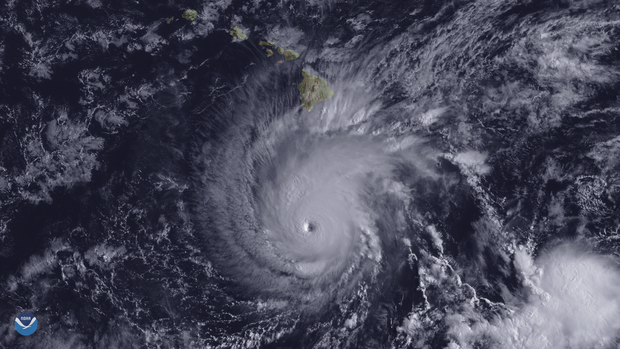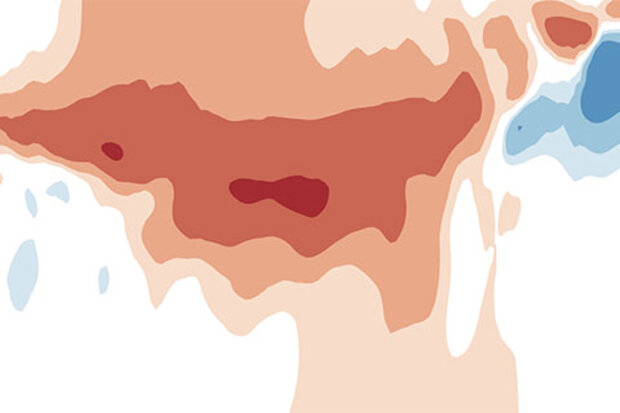Blogs
Our much-delayed weak El Niño continued into March, and forecasters give it an 80% chance to continue through the spring, with a 60% chance of continuation through the summer.
Spring showers
As you may remember from February’s update, the atmosphere finally started showing signs of a response to the warmer-than-average sea surface temperatures in the central tropical Pacific, leading the forecast team to issue an El Niño Advisory. More rain and clouds than average formed over the warmer waters of the central Pacific, less over Indonesia, and near-surface winds in the central Pacific slowed. These patterns continued over the past few weeks, with the dry-Indonesia/rainy-central-Pacific p…
Read article
As Emily’s most recent post describes, the tropical Pacific Ocean and atmosphere have finally coupled, allowing NOAA to declare that weak El Niño conditions are present. It’s nice to see the atmosphere and ocean in a cooperative mood, but ENSO forecasters are left with a mystery: why did the expected atmospheric response go missing for so long? In this blog post, we’ll put our detective hats on and look for clues.
Surveying the crime scene
As you may recall from previous posts on this blog, by fall of 2018, the tropical eastern Pacific sea surface had warmed above the 0.5°C threshold necessary (but not sufficient!) for NOAA to declare El Niño conditions. However, the tropical atmo…
Read article
As Adam Smith wrote about in his recent billion-dollar disasters post, 2018 saw an unusual number of amazing—and deadly—weather events. Some had national coverage, especially Hurricanes Florence and Michael and their impacts on the eastern U.S., and the drought and heat triggering record fires in California and other parts of the western U.S.
Many networks across the U.S. collect air temperature and precipitation observations we use to characterize these events. As the nation’s official climate scorekeepers, scientists at NOAA’s National Centers for Environmental Information (NOAA NCEI) receive, quality control, store, and make these data accessible to the public.
Almost all of tho…
Read article
After several months of flirting, the tropical Pacific ocean and atmosphere appear to have coupled just in time for Valentine’s Day and now meet the criteria for El Niño conditions. Is it true love? Time will tell, but forecasters expect weak El Niño conditions to persist through the spring.
Say yes
For a few months now, the tropical Pacific has met the first two criteria of our “Is It El Niño Conditions?” decision tree.
That is, the sea surface temperature in the Niño3.4 region of the tropical Pacific Ocean has been more than 0.5°C above the long-term average, and models were predicting it would stay that way for the next several seasons.
What’s new over the past month i…
Read article
The record cold temperatures in the Midwestern United States in late-January led to over 20 fatalities and economic impacts likely to exceed $1 billion, according to one insurance industry estimate. Just how common are these cold records, and how do they compare to occurrences of warm records? What can these records tell us about climate change?
Fleeting—but record-setting—cold
One way we can answer these questions is to look at daily high and low temperature data from the Global Historical Climatology Network – Daily database. For this analysis, we only included stations from the Global Climate Observing System Surface Network that are at least 80% complete from 1951-present, resu…
Read article




